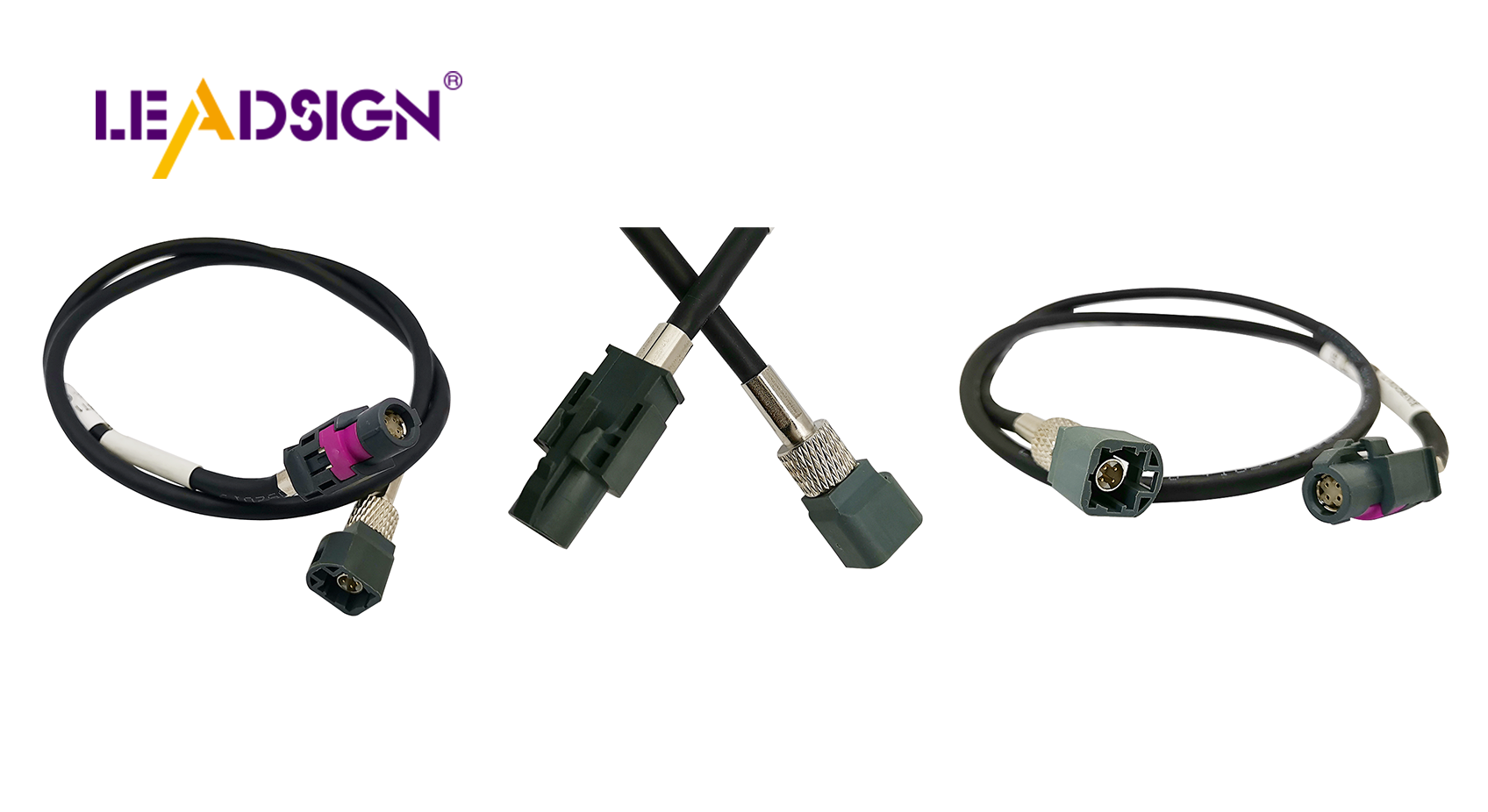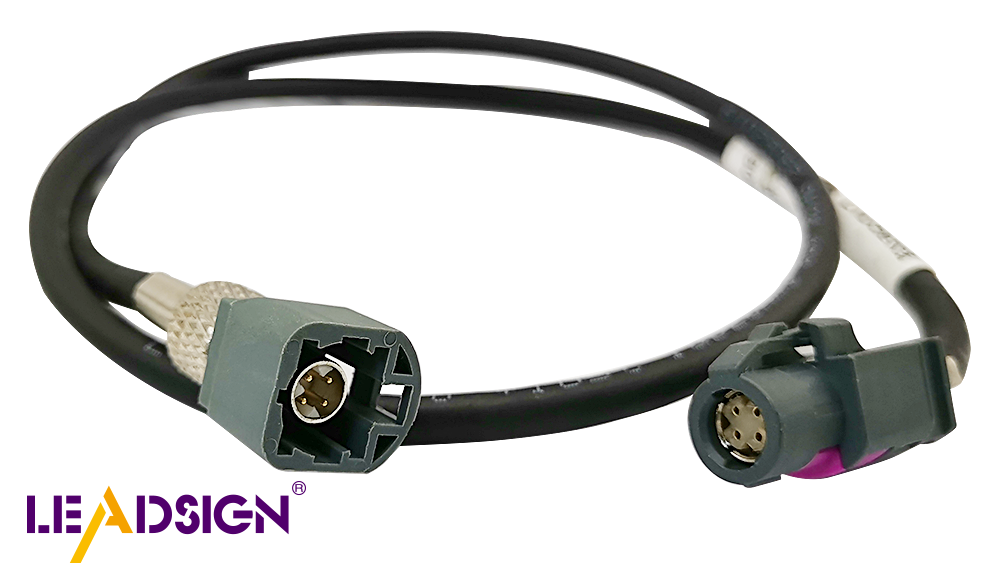How to Use Different Types of Wire Connectors Automotive

Good wire connections help your car work well and safely, especially when using various auto wire connector types. Bad connections can cause problems like electrical failures or fires. Low-quality connectors may have contact issues. Knowing different connector types, such as butt, spade, and ring connectors, helps you choose wisely for your automotive needs. Each type serves a specific purpose, ensuring optimal performance and reducing risks in your vehicle. A well-crimped connection is reliable and long-lasting, maintaining your car's electrical systems in good shape.
Understanding Auto Wire Connector Types
When fixing cars, knowing auto wire connector types is key. Each type has a special job, helping your car's electrical system work well.
Common Auto Wire Connector Types
Butt Connectors
Butt connectors link two wires end-to-end. Use them for simple and strong connections. They are great for fixing or making wires longer in your car. Strip the wire ends, put them in the connector, and crimp to connect firmly.
Spade Connectors
Spade connectors look like forks. They make it easy to attach and remove from terminals. You see them often where you need to disconnect things a lot in cars. They give a good connection but also let you move things around.
Ring Connectors
Ring connectors have a loop at the wire's end. Use them to attach wires to studs or screws. They give a safe connection, perfect for grounding in cars. Make sure the ring fits the stud right for best results.
Bullet Connectors
Bullet connectors have male and female ends that snap together. They are good for quick disconnections, useful where maintenance happens often. Their design keeps them tight so they don't come apart by accident.
Materials and Insulation
Picking the right material and insulation makes connectors last longer and safer.
Plastic Insulated
Plastic insulated connectors keep out moisture and rust. They're common in cars where weather can be an issue. The insulation adds safety by lowering short circuit risks.
Heat Shrink
Heat shrink connectors protect very well. After crimping, heat shrinks the insulation around it tight. This makes it waterproof, great for wet or tough spots.
Non-Insulated
Non-insulated connectors are cheap and good indoors but need extra insulation like tape for safety. Use these when saving money is important but always add protection.
Knowing these auto wire connector types helps you choose wisely. Whether fixing or adding new connections, picking the right type keeps your car's electrical system working efficiently.
Picking the Right Connector
Choosing the right connector is key for your car's electrical system. Think about a few things to make the best choice.
Things to Think About
Wire Thickness
Wire thickness is how thick the wire is. It shows how much electricity it can carry safely. Match the connector with wire thickness to stop overheating or problems. Wrong size means bad connections and danger.
Electricity Amount
Electricity amount is how much power goes through the wire. Pick connectors that handle your car's electricity needs. If not, they might get too hot and break.
Weather Conditions
Weather conditions matter when picking connectors. Think about heat, wetness, and shaking. In wet places, use waterproof connectors to keep water out and stay connected well.
Fit with Car Systems
Making sure it fits with your car's systems helps everything work well.
Maker's Rules
Car maker rules help pick good connectors. They make sure connectors meet what the car maker wants. Following these rules keeps your car's electric parts working right.
Other Choices
Other choices give you more options for changes. You can change your car’s electric system this way. But make sure they fit your car well to avoid trouble.
Picking the right auto wire connector types means knowing these things. By thinking about wire thickness, electricity amount, and weather, you choose safe and strong connectors. Making sure they fit with car systems keeps your vehicle running smoothly.
Installation Process

Installing auto wire connector types right makes your car work well. Follow these steps for a good connection.
Tools Needed
First, get these tools:
Crimping Tools
Crimping tools help attach connectors tightly. Pick the right tool for each connector.
Wire Strippers
Wire strippers take off wire covers. This gets wires ready to connect neatly.
Heat Guns
Heat guns are key for heat shrink connectors. They seal tight to keep out water and rust.
Step-by-Step Guide
Follow this guide to use auto wire connector types:
Preparing the Wire
Strip the Wire: Use strippers to remove 1/4 inch of cover. Make sure it's clean.
Twist the Strands: Twist strands together to stop fraying and make it strong.
Attaching the Connector
Select the Connector: Pick the right type based on needs like wire size and weather.
Insert the Wire: Put stripped wire into connector snugly with no loose ends.
Crimp the Connector: Use crimping tools firmly for a tight fit.
Securing the Connection
Inspect the Connection: Check for loose wires or bad crimps to avoid problems later.
Apply Heat Shrink (if needed): Use a heat gun on heat shrink connectors for extra safety.
Test the Connection: Gently pull to test if it holds well.
By following these steps, you install auto wire connector types correctly, boosting performance and making your car's system last longer.
Maintenance and Troubleshooting
Checking your car's wire connectors often keeps them working well. By looking for problems early, you can stop big issues.
Regular Inspection
Look at your connectors regularly to find problems early.
Signs of Wear
Check for broken wires or damaged covers. These mean wear and can cause bad connections. Change worn connectors quickly to keep things working well.
Corrosion Checks
Rust can mess up electricity flow. Look for rust or color changes on connectors. Clean or change rusty parts to keep a good connection.
Common Issues and Solutions
Knowing common problems helps fix them fast.
Loose Connections
Loose connections might make power cut off sometimes. Make sure connectors are crimped tight. If they are loose, crimp again or get new ones.
Overheating
Overheating happens if the wrong connector is used. Check if the connector fits the wire size and power amount. Change any wrong connectors to stop overheating.
Case Study: In flying machines, companies like Leonardo SpA check wires a lot to make sure they work right. Regular checks and fixing are super important in places like planes.
By doing these maintenance steps, your car's electric system stays safe and works well. Regular checks and quick fixes stop expensive repairs and help your car run better.
Using the right wire connectors in cars is important. You learned about butt, spade, and ring connectors. Each has a special use. Regular checks are key. Look for damage or rust to stop problems. Follow good practices for a strong electrical system. Good connectors keep electricity safe and working well. Remember these tips to keep your car's wires healthy.
See Also
Exploring HSD Connectors in Automotive Applications
Discovering HFM Connectors in Automotive Applications
Understanding FAKRA Connectors in Automotive Industry

